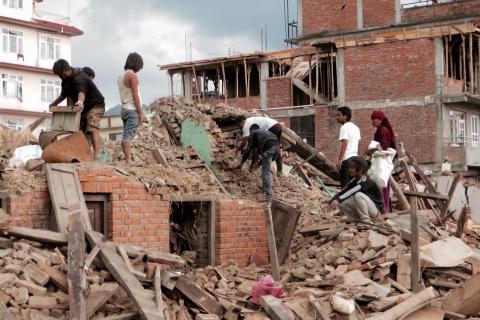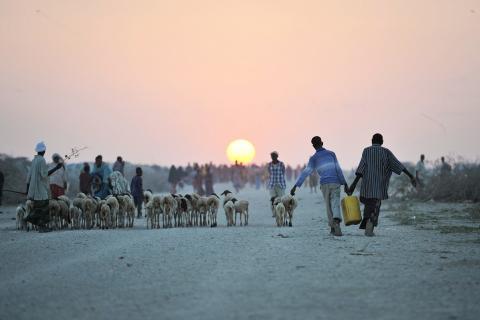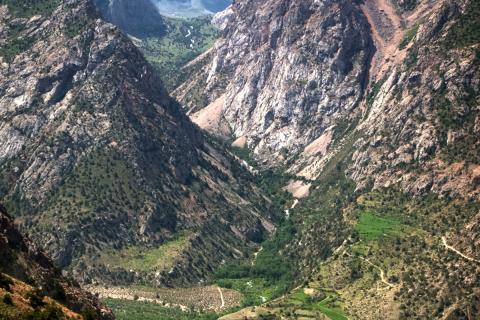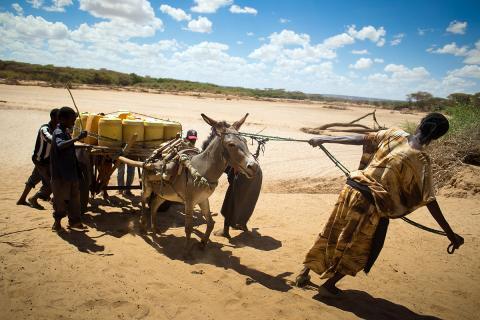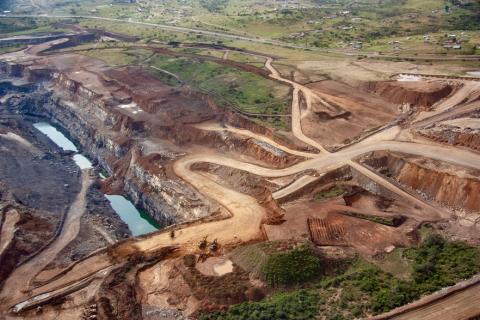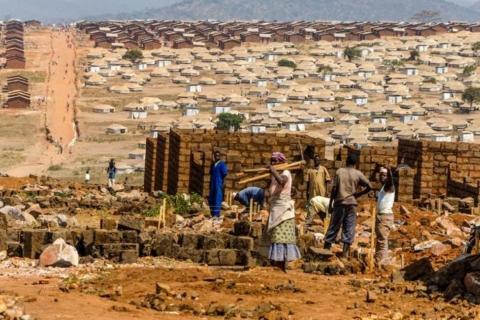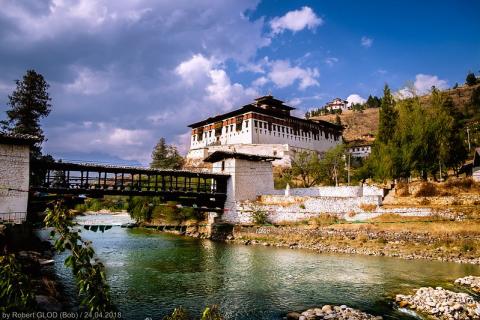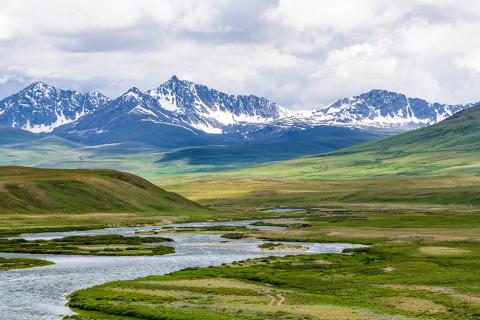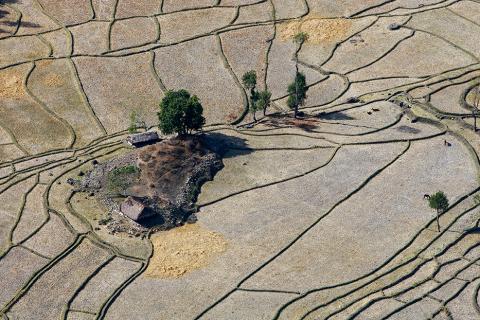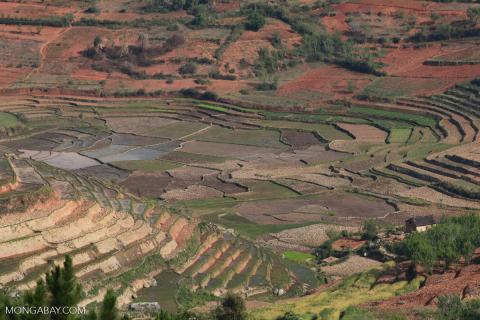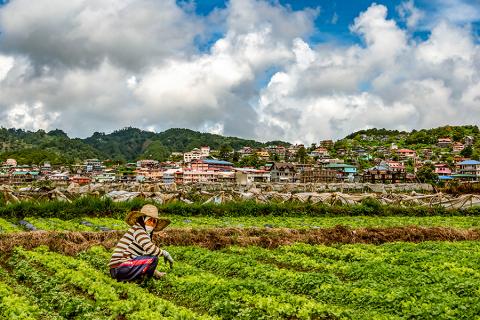Tajikistan
Tajikistan is the poorest ex-Soviet state, albeit with a reduced poverty headcount over the past ten years. Over half the population reside in the countryside and depend on agriculture for their livelihoods. Though delayed by civil war
South Africa
In 2019 South Africa had a population of 58.5 million people. The country has a land surface area of 1,220,000 km². Of this, around 11% of the land is arable. There are significant ecological variations ranging from dry conditions
Mauritania
Located in northwest Africa, more than three quarters of Mauritania are desert or semi-desert. Only 0.5% of the country’s land is considered useful for agriculture which equals 502,000 ha. Nonetheless, the rural sector is an important
Timor-Leste
In 2002, Timor Leste emerged from a difficult colonial past under Portuguese and Indonesian rule. Since independence, the country has achieved substantial progress in combating poverty and facilitating economic growth, mostly through
Madagascar
Madagascar is the fourth largest island in the world (587,295 km2) located in the Indian Ocean, some 400 km off the coast of Mozambique. The Republic of Madagascar comprises the main island and a number of small islands and is divided
Philippines
The Philippines is a resource-rich Southeast Asian archipelago composed of more than 7,000 islands. As of 2020, agriculture, forestry, and fishing contributed 8.8 % to the GDP and provided livelihoods for one quarter of the population.

